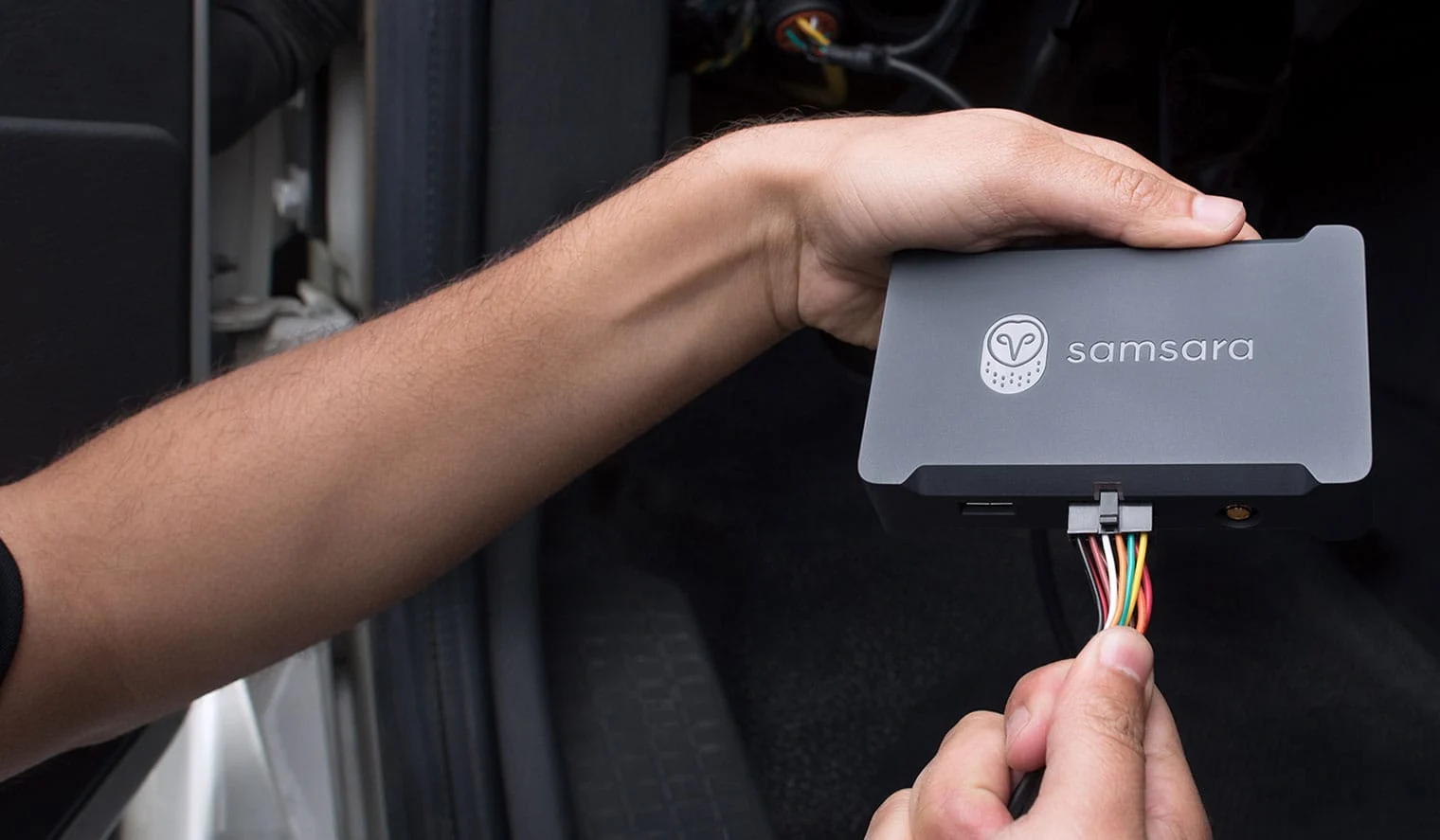Company News
New report: How technology is transforming workforce safety and driving ROI
February 11, 2025
EVP, Chief Marketing Officer

Today, Samsara launched its latest State of Connected Operations Report–Building for the Next Generation: Workforce Trends in Physical Operations. Drawing from an independent survey of 1,550 physical operations leaders across seven countries, including 300 in the UK and Ireland (UK&I), and 21 industries, the report reveals how technology is transforming workforce safety, security, and efficiency while delivering massive ROI.
Leaders across industries in the UK&I–including transportation and logistics, construction, manufacturing, utilities, and government sectors–see technology as key to making physical operations more desirable to a new generation of workers:
UK&I leaders are listening to workers’ safety asks: 79% of leaders frequently hear feedback from their workforce about the need for greater investment in their safety or security. In the next 5 years, all leaders plan to invest more in technology to address this, with almost half (47%) reporting they will adopt additional IoT-enabled safety devices and wearables.
Protecting workers pays off: 86% of leaders in the UK&I say their organisation has saved £400K+ as a result of technologies that protect workers from false claims and not-at-fault incidents. As a result, many report increased employee morale, improved productivity, and lower turnover.
Technology is key to attracting younger workers: 91% of leaders in physical operations in the UK&I agree that their industry is becoming more desirable to young people. Automation and robotics were the #1 technology leaders cited as helping with recruitment and retention due to their ability to protect employees from not-at-fault incidents and false claims.
Read on to preview key insights from the report, and download the full report to discover which technologies are driving ROI and transforming the physical operations workforce.
Download the full reportTechnologies that improve workforce safety, security, and efficiency deliver massive ROI

In the UK and Ireland, 100% of leaders report their organisation is using some form of technology (such as cameras) to protect their workers from false claims—and these investments are paying off. 86% of leaders report that their organisation has saved £400,000 or more as a result of implementing technologies designed to protect workers from false claims or not-at-fault incidents. Nearly half (49%) have saved over £800,000. As a result, 50% say they have enhanced reputation and trust with their clients or community. Many also report increased employee morale, improved productivity, and lower turnover.
Advancements in technology–such as digital workflows and IoT devices for real-time equipment and operations monitoring–are also improving worker efficiency in the UK&I, with all leaders saying their workforce’s time has been freed up by recent technology improvements. As a result, they are able to reallocate workers’ time to other high-value areas, including performing preventative maintenance and safety checks and investing in upskilling.
Download the full reportWorkers want greater investment in technology that protects them–and leaders are delivering

More than two in five (42%) of organisations are already using key technologies, such as telematics and vehicle cameras, to ensure workforce safety and security. However, 79% of leaders in the UK&I report they frequently hear feedback from their workforce about the need for greater investments in this area.
In response, all leaders plan on boosting investments in workforce safety and security technologies over the next five years—with a focus on adopting IoT-enabled safety devices, automation that reduces worker exposure to hazards, and predictive safety analytics.
Almost two thirds (65%) say they will invest a moderate or significant amount, which indicates that workforce safety and security will be a top area of investment over the next five years.
Download the full reportModern tools are key to attracting and retaining tomorrow's talent

91% of leaders in physical operations in the UK&I agree that their industry is becoming more desirable to young people—and technology is driving this change.
Automation and robotics were the #1 technology leaders cited as helping with recruitment and retention due to their ability to protect workers from dangerous activities—indicating that young workers want on-the-job protection and are comfortable with the use of technology to increase their safety.
A growing number of organisations in the UK&I are also adopting e-learning platforms to train and develop employees, with 84% already using these digital solutions. Leaders cite interpersonal and team relations as the top benefit.
Download the full reportUncover more actionable insights in the full report
Download your copy of the full report today to find out how your peers are harnessing technology to empower their workforce and future-proof their organizations.
Download the full report
















